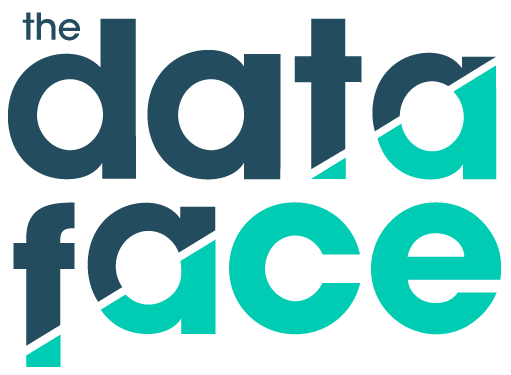

A Data Visualization Newsletter
Brought to you Monday mornings by

A Word From Our Team
You may have noticed something missing from your inbox last Monday — the latest edition of Data & Eggs! It was a busy week for the team here at The DataFace. One of us moved to Los Angeles (Jack), another was the best man in his brother’s wedding (Michael) and yet another is currently playing in the World Indoor Lacrosse Championships (Sam). Hopefully you found other ways to get your data viz fix.
And now, without further ado, we’re back to our regularly scheduled program.
What We're Cooking Up
Healthy Marketplace Index Health Care

As health care prices continue to rise across the United States, health practitioners and policymakers need better data on what’s driving the trend. Are markets in major metros becoming less concentrated, and ultimately less competitive? Our latest collaboration with Health Care Cost Institute gets at the very heart of this question, showcasing how concentration has shifted across 112 U.S. metros.
Our Favorite Stuff
The Language of Congress Politics

Here’s a stat for you: about 11% of tweets from members of Congress were about healthcare last month. How do we know? It’s all thanks to this handy new tool from The Pudding, which uses Salesforce’s Einstein AI platform to classify Congress’s tweets and learn about the public discourse. Explore the data nationally, by issue, or by Congressional member.

A new analysis by the folks at The Washington Post shows that school districts in America are more diverse than ever before. But that doesn’t necessarily mean that students are encountering others of various races and backgrounds; a district can be diverse without its schools being integrated. The Post shows that, in many big cities and some areas of the South, schools remain deeply segregated.

Some uplifting climate news to start the week. A decade ago, coal was king in America, supplying nearly half of our power. But solar and wind have fought back, with renewable energy officially surpassing coal as the leading source of energy in the U.S. And their rise in popularity hasn’t been just because they’re better for the environment, but also because they’ve become wildly profitable.
Notre-Dame’s Toxic Fallout Public Health

Notre-Dame burst into flames in April, destroying the cathedral’s spire and most of its roof. But the issues went beyond just the structural damage — its roof was built with lead, and the toxic fumes spread across the city. French authorities have been slow to divulge the estimated health impact of the lead contamination, but an investigation conducted by the New York Times revealed that it could be much more dire than they’re leading us to believe.



